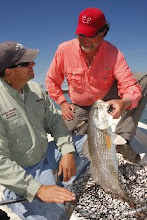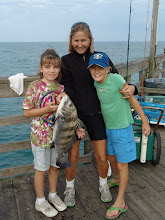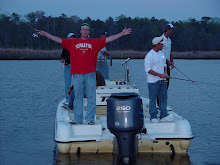WHY IS THE SHRIMP TRAWLING INDUSTRY TREATED SO DIFFERENTLY THAN OTHER NORTH CAROLINA INDUSTRIES
A decade or so ago Beaufort Industries, the old Menhaden Plant, was fined for returning basically "heavy water" into the creek behind the plant. They were actually fined more than once and all they were doing was putting out water with bits and pieces of menhaden in it. They were fined for violating the Federal Clean Water Act.
Every year, shrimp trawlers operating in North Carolina inshore waters dump their by catch overboard, yet they don’t get fined. So how much does a big trawler dump in a year on average in our estuarine waters?
According to trip tickets collected by the North Carolina Division of Marine Fisheries (DMF), in 2012 there were 4,855,378 pounds of shrimp harvested in our estuarine waters. That doesn't include ocean landed shrimp.
While catching these nearly five million pounds of shrimp, the DMF estimates are that 21,489,201 pounds of finfish were also caught. This is known in the trade as by catch and most of it was returned to the waters dead.
The DMF also reports that only 74 boats harvested 70 percent of this total. The other 370 boats involved in the industry landed the other 30 percent.
According to the DMF, by catch is the same whether using one 50 feet net on four boats or four 50 feet nets on one boat, thus these 74 boats logically account for 70 percent of the by catch.
Thus, 70 percent of the 21,489,201 total pounds of by catch caught and released by these 74 boats totals approximately 15,042,440 pounds. Over 15 million pounds of dead fish dumped by the 74 boats, mostly into Pamlico Sound in 2012. Incredibly, this has been occurring for years and will probably be repeated this year.
If you divide the total bycatch number for this group by 74 you see that each boat dumps 203,276 pounds of solid waste into the water each year. Dead flesh!
That is 101 tons for each boat. Around 202 pickup loads for each boat.
That is equivalent to 40,200 chickens (5 lb. average) 1,827 hogs (110 pounds average) 8,040 turkeys (20 pounds average)
How many other small businesses or farming operations can you name that are allowed to dump this much solid waste into our estuarine system each year? We can't.
Tell you neighbors this story and ask them if they know of any other industry that can.



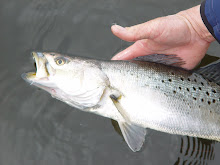



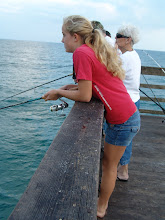

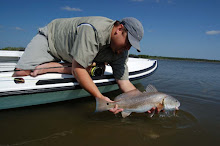.jpg)


